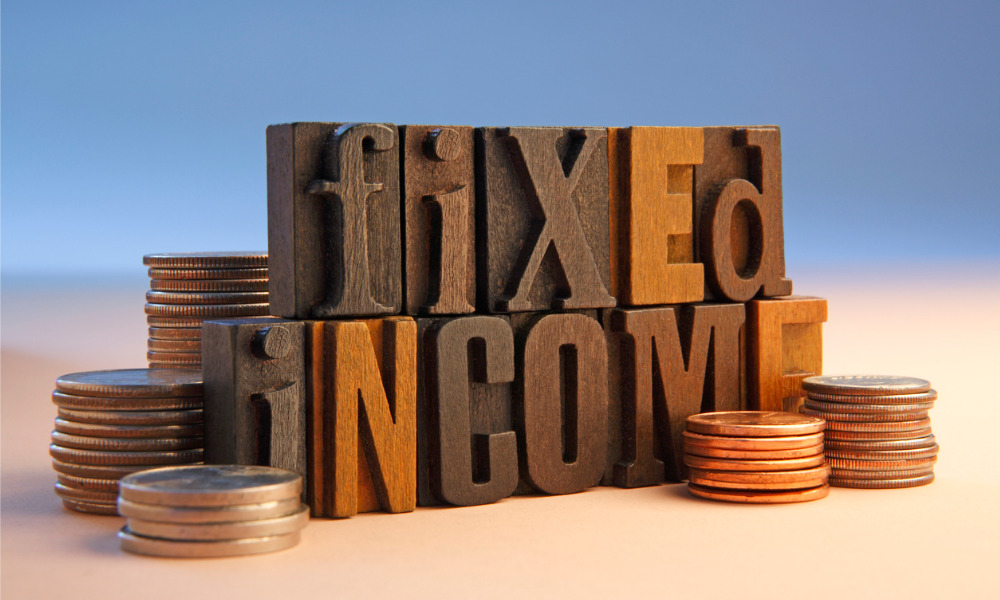Does recent banking turmoil pose risk of another GFC? Has Fed's rate-normalization path changed? Fixed income experts weigh in

While the recent failures of regional banks in the U.S. may not quite be as bad as the 2008 financial crisis, it’s still changes the calculus for the Federal Reserve as it tries to steer its nine-month streak of rate hikes into a soft landing.
That’s according to a panel of experts at the recent Wealth Professional AdvisorConnect webinar titled “Navigating changing tides in fixed income markets.”
“In the last 15 years, more or less, short-term interest rates have been plus or minus 1%,” said Geoff Castle, lead manager Fixed Income Portfolios at PenderFund Capital Management
“With the ramping up of rates, you had the feeling that something was going to break,” he said. “You didn't know exactly what and here it is.”
Among the first major dominoes to fall was Silicon Valley Bank, a regional U.S. lender that catered specifically to tech startups, which succumbed to a combination of bad luck and bad decisions.
“It really was a combination of a couple of missteps within the bank, and essentially a crisis of confidence for depositors, which [spiralled into] a bank run,” said Christopher Chapman, senior portfolio manager and co-head of Global Multi-Sector Fixed Income at Manulife. “You had outflows from deposits, and a liability and asset mismatch in terms of duration within the bank itself.”
The fall of SVB in the U.S. fed into concerns of another calamity for the country’s banks, similar to what happened during the Great Financial Crisis of the late aughts. But James Dutkiewicz, SVP and head of Fixed Income, CI Global Asset Management, said the initial tremors of SVB’s implosion are very different due to the unique nature of its business.
“The securities in '08 that got repriced were owned across the board … Whether you were Deutsche Bank, whether you were Morgan Stanley or whether you were RBS, you got caught up in US subprime lending, and then everything spun off of that,” he said. “In this particular case, [SVB had] concentrated deposits and a [liquidity] mismatch that could have been spotted by a junior bond trader.”
Among the links in the chain of events leading to SVB’s downfall was the weakening of its fixed-income book, which was caused by the rapid rise in interest rates last year. That’s added to the uncertainty among Fed policy-watchers, as it now has to balance its mission of bringing down inflation against maintaining confidence in the U.S. financial sector.
“That's definitely a very significant risk. How much do they [the Fed] tolerate stickier inflation?” said Hafiz Noordin, vice president & director at TD Asset Management Inc. “That would likely then mean that other levels of government need to step in to provide the support such as what we saw for the banking sector … given the rate hikes that have been feeding through the economy.”
While inflation has shown some signs of easing, Castle wonders whether it could go down to the benign and stable neutral rate central bankers are shooting for.
“One of the things, which is probably perplexing the central banks, is the persistence of inflation. And that may be because some of the drivers have changed,” he said, pointing to the extended military conflict in Ukraine, reshoring of manufacturing, and deglobalization. “We're positioned for, in the short term, a decline in inflation, … [but] are we dealing with a longer-term inflationary cycle?”
For Dutkiewicz, the easy work for the Fed is moving inflation from the 8% range down to around 4% as prices of consumer goods fall. Pushing it further down to the 3% to 2% range, he said, will be more challenging in the face of wage gains and tightness in the U.S. labour market, as well as the composition of inflation.
“When they do reverse course [from hiking rates], does it go to 4% because of [the factors] around structural inflation?” he said. “I think the dynamics in the labour market, and the composition of inflation will determine whether they sit at 4% or 6% or 2% 18 to 24 months from now.”
In the medium term, Chapman said the recent events with U.S. banks may lead to a further tightening of lending standards. That could create a ripple effect on economic growth, which could help with the Fed’s anti-inflation campaign as it slows down the broader economy.
The upshot is that the central bank could keep rates higher than it otherwise would have for a longer period of time, creating a slow burn in normalization of interest rates.
“From the perspective of fixed income, we can actually think of that as a positive thing, because for the first time in a long time, we actually have income,” he said. “But also, we do think … yields will be going lower over time, which gives you a little bit of a challenge.”



